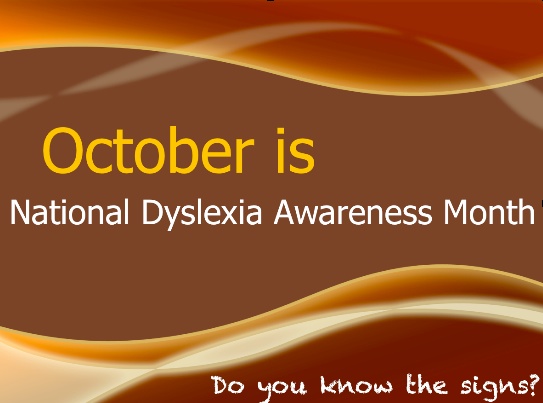Self-Advocacy & Learning Disabilities
 Self-advocacy gives students with learning disabilities the confidence to ask for the tools they need to be successful in the real world. The strategy not only benefits children at school, but in explaining their learning disability to friends and family members.
Self-advocacy gives students with learning disabilities the confidence to ask for the tools they need to be successful in the real world. The strategy not only benefits children at school, but in explaining their learning disability to friends and family members.
Four steps to self-advocacy
- Know your strengths
- Be aware of your weaknesses
- Identify strategies to overcome those weaknesses
- Effectively communicate those needs to others
How parents can encourage self-advocacy
When your child is struggling in school, the impulsive reaction is to jump in and speak on their behalf. In the long run, though, the best approach is to teach your child to be his or her own best advocate.
For Younger Students: Talk with Your Child’s Teacher
When your child is younger, it’s up to you to make his or her teacher aware of any learning disabilities. The more information that is on the table, the better the relationship can be between parent, teacher, and child.
For Older Students: Involve Them in the IEP Process
As early as fifth and sixth grade, students can begin attending their own IEP meetings to advocate for themselves. Participating in the IEP meeting is an important and empowering opportunity for the student to speak up about what they need to be successful in the classroom.
Teaching Self-Advocacy: Kindergarten through Fourth Grade
Identify Strengths, One Weakness, and Strategies
Work with younger students on identifying their strengths, one weakness, and strategies for overcoming challenges. Specifics are important here, so encourage the child to come up with detailed answers, for example:
- Strengths: “I’m great at math facts.”
- Weakness: “I have trouble reading because I have dyslexia.”
- Strategies to Help: “Books on tape.”
Start Conversations Through Literature
Literature can be a great way to get younger children thinking about learning disabilities through the lens of other characters. A Walk in the Rain with the Brain by Edward M. Hallowell, MD, is a picture and rhyming book that talks about how the brain works in a way early elementary students can understand.
Teaching Self-Advocacy: Grades Five through Nine
Research Strengths, Weaknesses, and Strategies
Pull in interactive resources for students to study and discuss, for example:
- Share articles or excerpts from LD Online and start a class discussion about how students can apply these strategies to their own lives
- Have students explore the Headstrong Nation site, where they can take interactive assessments to identify their specific areas of strength and weakness
Start Conversations Through Literature
Literature is another way to open up a deeper conversation about strengths, weaknesses, and strategies for success. Two great recommendations for older students are:
- The Survival Guide for Kids with LD by Gary Fisher, PhD and Rhoda Cummings, EdD
- The Survival Guide for Teenagers with LD by Gary Fisher, PhD and Rhoda Cummings, EdD
Excerpted from “Self-Advocacy & Learning Disabilities” from the Churchill Center and School. Read the full post online for additional details.
Source: Churchill Center and School | Self-Advocacy & Learning Disabilities, https://www.churchillstl.org/learning-disability-resources/self-advocacy | copyright 2023 Churchill Center and School
If you have concerns about your child or teen, CHC Care Coordinators can arrange a free 30-minute consultation so you can explore options with an expert. We invite you to call or email us at 650.688.3625 or careteam@chconline.org to set up an initial Parent Consultation appointment. CHC teletherapy services are available now.





